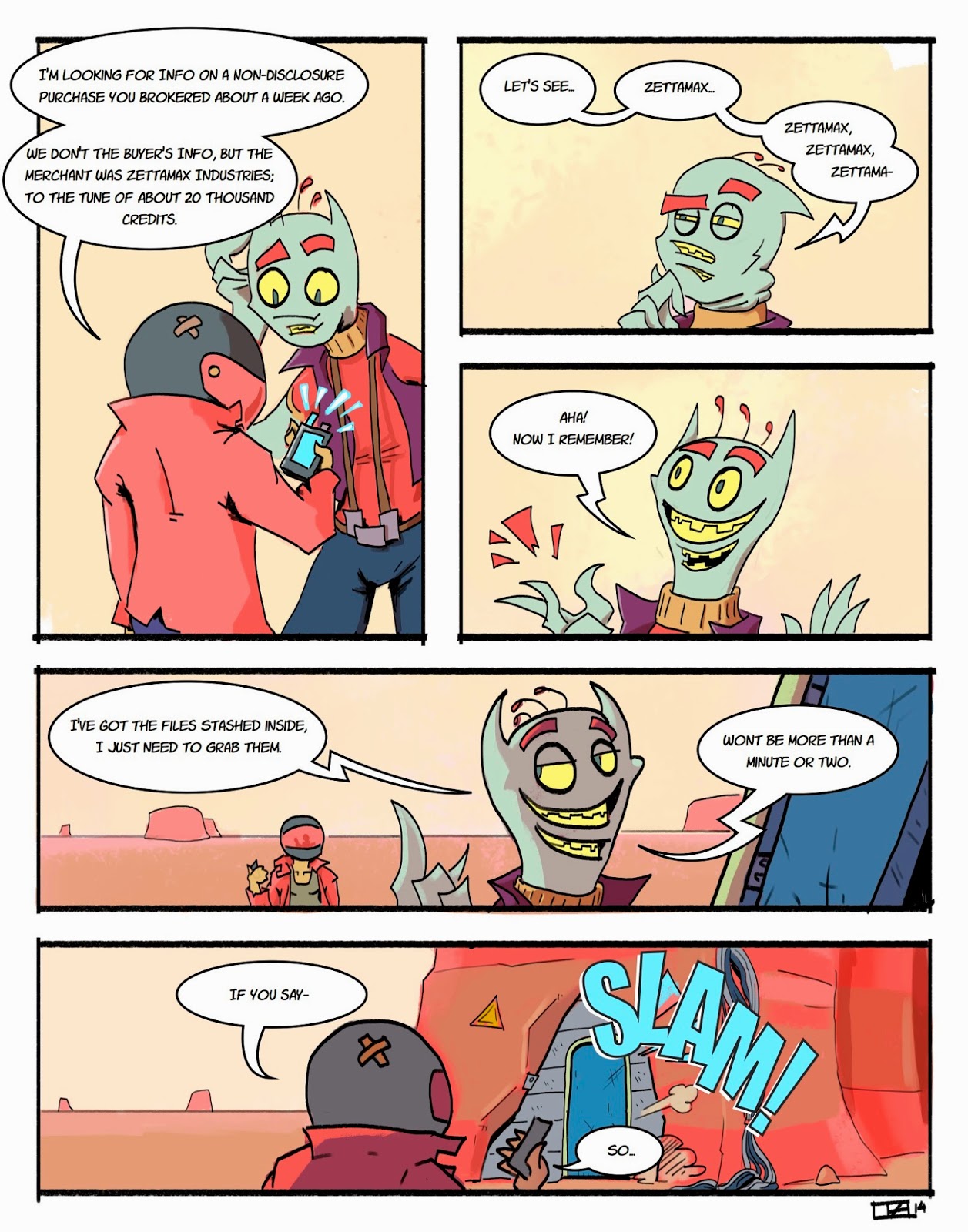I'm about 3 hours deep into inking a page of comics. While working I decided that it was probably time to start actually thinking about my process as far as how the pages are laid out and how I make decisions in regards to composition and laying out panels.
1. The Media
The funny thing about comics is that they function as compositions within compositions, in that each panel has to stand up on its own AND fit compositionally with the whole page. Because of this panel arrangement comes second to how the page is composed as a whole. With that said a majority of the thinking comes from crunching out thumbnails and small sketches of the page.
2. What Makes a Panel
A panel represents a single moment in time within part a scene. Much like directing a movie, what each one of these panels must further the readers understanding of either the
action,
character(s), or
setting. That is not to say that comics function in the same manner that movies do, rather, they offer a good basis and example for composing scenes and panels.
3. Mood
How the panels and the page are presented play a large role in the mood of the piece. A quiet scene between two friends at a cafe for lunch would obviously be laid out differently then two super-heros fighting an airborne battle above manhattan. But it applies in more subtle respects as well. In the case of the cafe lunch, whether the scene is meant to be a quiet reflection or a tense measure of wits can sometimes entirely depend on what is shown and how it's shown without a change in the script or setting. This is something that is explored during the thumb-nailing and rough sketch stage.
4. Hierarchy
Once a mood and basic layout has been set, the next step is establishing a visual hierarchy. This deals with the whole "page and panel" set-up of the comic medium. Unless the intention is for each panel to have equal visual and compositional weight on the page the layout must be constructed in order to give a particular panel a greater presence on the page. The easiest way to do this is making that panel the largest. However, in order to avoid visual stagnation through repeating the same trick over and over again other techniques must be used such as placement of the panel, color/value changes, "breaking" the rules of the panel, changing of perspective, etc.
5. Drawing
After the thumbnails and rough sketch, the final drawing of the page can begin. The amount of time that it takes to "finish" a piece is usually directly affected by the time spent on the thumbnails and sketches i.e. the more time spent "realizing" the page, the less time it will take to actually put it down on paper. Adherence to changes made throughout the process as well any predetermined rules set by the comic (perspective, visual language) are critical; ignoring them means sacrificing any f the work previously done for the page. Additionally, and it may go without saying, a solid foundation in drawing and technical skill must be put to use.
Recommended Reading:
Scott McCloud,
Understanding Comics
Scott McCloud,
Making Comics









































































